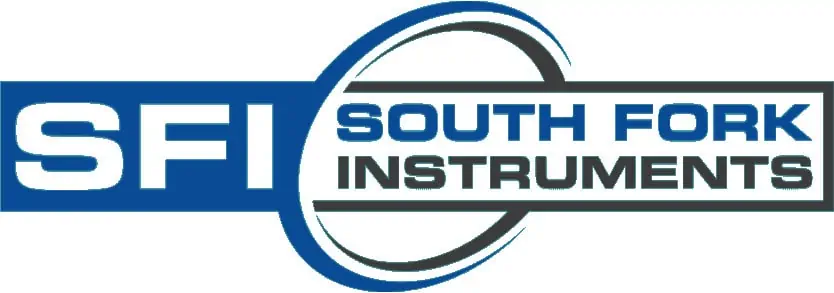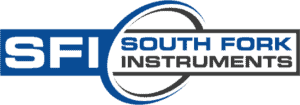In offshore oil and gas fields, deep water developments are producing high-pressure, high-temperature (HPHT) wells with standard operating conditions that are pushing 20,000 psi (1,378 bar) and 360°F (182°C). In addition, subsea systems are creating exceptionally long pipe runs from wells to gathering points. Some well heads can be as much as 60 miles (100 km) from the platform. High-pressure operation is essential to overcome friction losses within the pipelines.
HPHT wells require the continuous injection of chemicals to avoid production interruptions, but these chemicals are extremely costly.
HPHT wells, like their lower pressure counterparts, are highly susceptible to a wide variety of conditions that can affect production rates and equipment reliability. Such wells require the continuous injection of chemicals to prevent conditions such as hydrate formation, asphaltene/wax buildup, line corrosion, and scaling. Left unchecked, failures will occur, and these can be expensive in terms of both repair/resolution and lost production.
Chemical injection systems (skids) are commonly installed in production facilities in the oil and gas industry. They are used to deliver a customized cocktail of chemicals to prevent and mitigate a wide range of downhole problems that can negatively affect production flow from wells. Production chemicals are expensive and can account for up to 30% of the day-to-day running cost of a production platform. Metering is a vital component of chemical injection systems as it is important to monitor and deliver the right dosage at the lowest possible cost.
Metering for offshore chemical injection systems has traditionally been provided by mechanical gear meters because of high-pressure rating requirements. However, the tight mechanical tolerances within gear meters cause seizure when particulates are present in the flowing chemical stream, making them a highly maintenance-intensive item. Furthermore, internal wear over time creates measurement inaccuracy, even more so with low-viscosity materials, as they will easily pass through the meter where it is worn and not be properly registered.
Given the high cost of chemical usage, there are great advantages to be found with chemical injection system metering solutions that are low maintenance and have no moving parts to wear.
Rheonik meters are ideal for chemical injection applications and are trusted in high-pressure installations around the world.
Rheonik mass flow meters offer the right balance between capital investment (CAPEX) and operating costs (OPEX). Key features of Rheonik flow meters include:
- The only flow meters with pressure ratings up to 20,000 psi (1,378 bar)
- Low flow capabilities down to 0.0004 lbs/min (2 g/min) with exceptional accuracy
- Corrosion-resistant wetted material options (316L, SuperDuplex, Hastelloy)
- Wide variety of process connections (including autoclave MP and hubs)
- Resilient to pump pulsations
- Low maintenance due to having no moving parts
- Useable in hazardous areas
- Supplied with build-in detailed diagnostic capabilities
- Cost effective and space efficient
Rheonik meters can currently be found in such subsea applications as:
Production Chemical Injection
Using Rheonik Coriolis flow meters in high pressure production chemical injection systems helps guarantee flow assurance requirements are met in pipeline and process equipment, optimizing processes in production operations. Chemical injection systems deliver flow assurance chemicals into production wells to prevent wax, asphaltene and scale buildup, and to improve flow of oil from the well. In addition to flow assurance, production injection systems also deliver chemicals used to protect and prolong the lifetime of pipelines and associated equipment by reducing and removing undesirable substances that can create failure modes.
Rheonik flow meters are fitted to accurately measure the dosage rates of chemicals such as corrosion inhibitors, biocides, demulsifiers, drag reducing agents, and foam inhibitors.
Produced Water Treatment Chemical Injection
When extracted from the ground, crude oil and natural gas are accompanied by water. The water/oil and water/gas ratio seen from wells gradually increases over the life of the well. The implementation of modern secondary and tertiary recovery processes has also increased water content in recovered fluids.
Chemical injection systems provide a convenient solution for adding chemicals like biocides, antifoam agents, deoilers, demulsifiers, nitrate inhibitors, and (sodium) hypochlorites to treat produced water prior to reinjection into a reservoir. Rheonik flow meters are used in those systems to accurately monitor chemical addition rates on the high-pressure side of the injection pumps, saving wear and tear on what can be expensive and critical components in the system.
Hydrate Control
Gas hydrates are crystalline structures that can form during natural gas extraction. Hydrates attach to the internal surfaces of pipelines and inline equipment, reducing (and eventually blocking) the effective cross-sectional area in flow lines and gas handling equipment. Typical chemicals used to control hydrate formation are methanol, MEG and LDHI / KHI. High-pressure Rheonik meters are available to measure hydrate inhibitors from drip feed rates to full flow rates in 2” lines.
Contact South Fork Instruments today to learn how Rheonik’s high-pressure Coriolis flow meters can drastically reduce your HPHT well operating costs.

